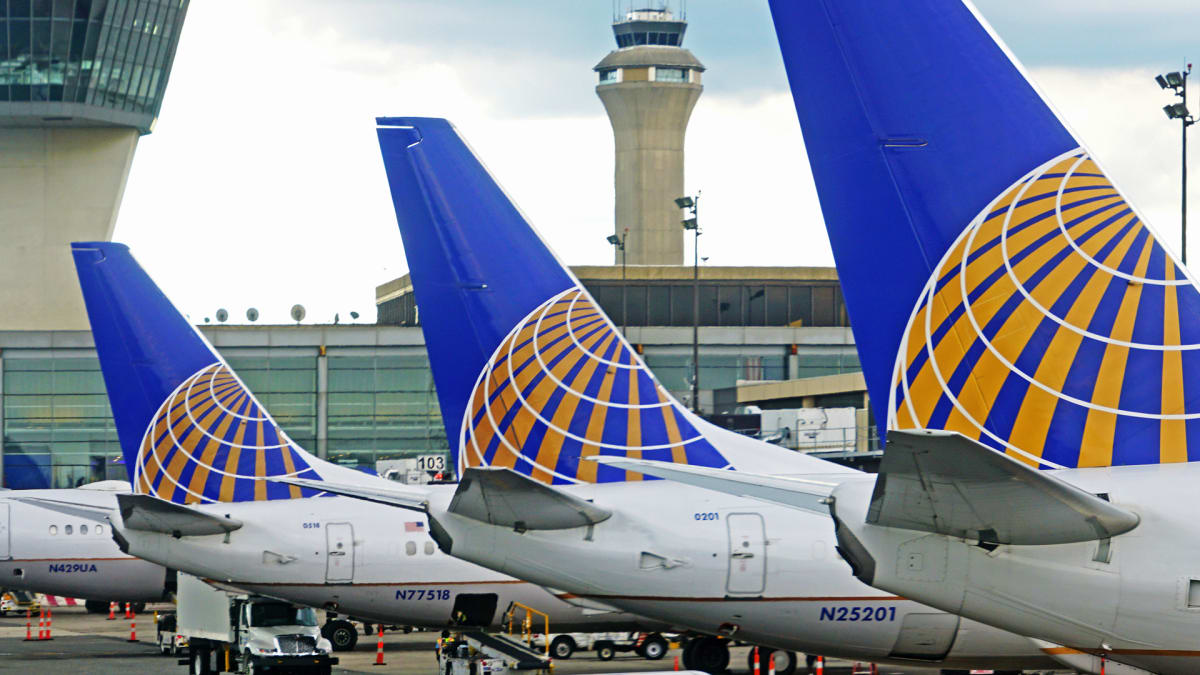
If you've flown anywhere recently, you might have taken your shoes off in a security line, placed your liquids in a separate bag, and stepped through a body scanner to prove you weren't carrying anything nefarious.
And indeed, TSA often takes a closer look at baggage and finds things that shouldn't be in there. In 2022, agents found 6,542 firearms across over 260 airports in the U.S. Frighteningly, 88% of them were loaded.
TSA runs across its fair share of restricted items, from the ludicrous to downright dangerous. It even releases a "TSA’s Top 10 Catches of the Year" list annually to raise awareness about vigilance and responsible air travel for its followers on social media.
Some of those items of 2022 included electric cattle prods inside a guitar case, a gun hidden inside a raw chicken, and an inert grenade.
And while nobody wants to be sitting next to the grenade guy on a flight, one of the most dangerous items to travel with may also be one of the most common; in fact, you may not even know you're carrying one at all.
This Dangerous Airplane Item Is Very Common
On Feb. 7, a United Airlines (UAL) flight 2664 headed to Newark was forced to return to its San Diego departure airport after a passenger's laptop battery caught fire in the middle of the flight. The flight, which departed at 7:07 am local time, grounded at approximately 7:51 am after reports of a cabin fire came in from the crew.
Multiple injuries were reported; four crew members were taken to the hospital to be examined further and two passengers also sustained injuries. The flight ultimately took off after securing the item and reached its destination without further operational delays.
"Our crew acted quickly to contain the device and medical personnel met the aircraft upon arrival at the gate," United Airlines spokesperson Charles Hobart told CNN. "Several flight attendants were taken to the hospital as a precaution, and two customers were evaluated onsite."
"We thank our crew for their quick actions in prioritizing the safety of everyone on board the aircraft and we are making arrangements to get our customers to their destinations," he said.
The aircraft was a Boeing 737 MAX 8, which has had its own set of difficulties and safety issues in recent years. Luckily, it landed safely in Newark with no further issues.
Lithium Batteries Pose a Risk for Air Travel
The laptop that caused the fire ostensibly contained a lithium battery, which can overheat and catch fire when it's been overheated or overused. The FAA has taken steps to prevent such incidents during flights, mandating all lithium ion and lithium metal batteries are packed in carry-on bags only and removed for inspection in security before takeoff. It also has size, wattage, and quantity limits for the devices.
"Spare (uninstalled) lithium ion and lithium metal batteries, including power banks and cell phone battery charging cases, must be carried in carry-on baggage only," the official FAA website says. "When a carry-on bag is checked at the gate or at planeside, all spare lithium batteries and power banks must be removed from the bag and kept with the passenger in the aircraft cabin. The battery terminals must be protected from short circuit."
Restricted items containing lithium batteries include "power Banks, cell phone battery charging cases, rechargeable and non-rechargeable lithium batteries, cell phone batteries, laptop batteries, power banks, external batteries, portable rechargers."
According to the TSA, 414 incidents involving lithium batteries have been reported in-flight between 2006-2022.







